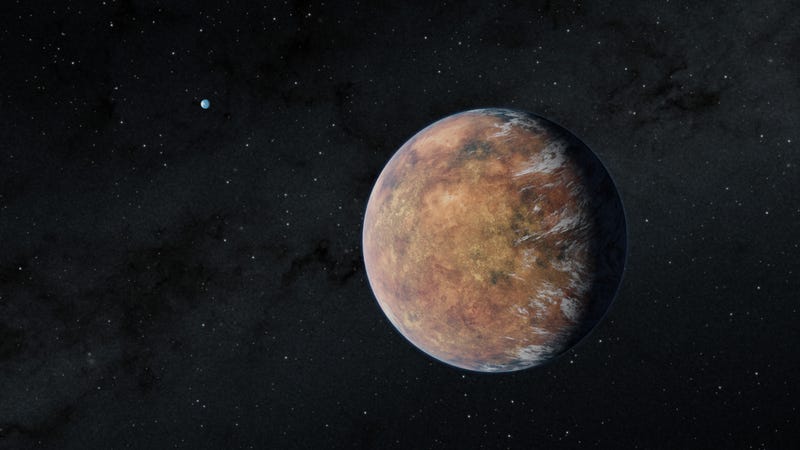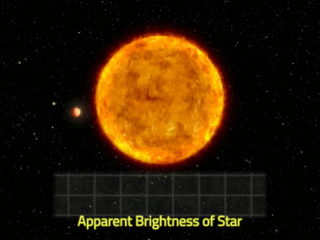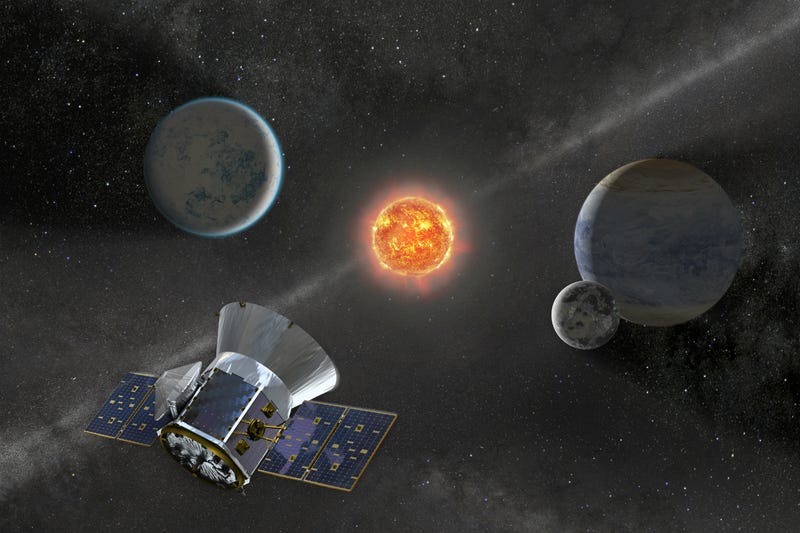
Though we all have differences, there’s one commonality that has prevailed for all of humanity: we are all floating on a rock, flying through outer space at over a million miles an hour.
Thanks to the rapid advancement of technology in the past century, we can observe much more of the universe than ever before.
The scale and sheer size of the universe make it impossible to truly learn everything, but it doesn’t mean we shouldn’t try.
Here's what's happening in space this week.
Want to listen to this article? Tap here or press play below.
NASA UNVEILS ANOTHER EARTH 2.0
NASA has discovered another Earth-sized exoplanet within the habitable zone of its home star. The discovery was made utilizing information from NASA's Transiting Exoplanet Survey Satellite (TESS).
The rocky planet, dubbed TOI 700 e, is approximately 95% the size of Earth, according to NASA. TOI 700 e is the fourth planet discovered in this system, but only the second that orbits in the star's 'Goldilocks zone,' the area around a star in which a planet can sustain liveable temperatures and liquid water.
“This is one of only a few systems with multiple, small, habitable-zone planets that we know of,” said Emily Gilbert, a postdoctoral fellow at NASA’s Jet Propulsion Laboratory in Southern California who led the work.
NASA says the planet, located 100 light-years from Earth, orbits around a small M dwarf star along with two other planets in the constellation Dorado.
The TESS satellite launched in 2018 with the objective of searching for exoplanets, including those in the habitable region of their star. The satellite will survey the entire sky in 26 segments over the course of two years.
TESS utilizes something known as the 'transit method' to detect exoplanets. When a planet or other celestial body passes in front of a star, it creates a dip in observed brightness. Satellites like TESS detect this occurrence, known as a transit, and use the valuable information to determine if it is indeed the indication of a planet.

The transit method reveals more than just a planet's presence. Scientists can also use this method to deduce the size, shape, and length of orbit of the planet.

Discovering potentially habitable Earth-sized planets helps planetary scientists learn more about the story of our own solar system, NASA says.
Allison Youngblood, a research astrophysicist and deputy project scientist over TESS, says this is only the beginning of many discoveries for TESS.
“TESS just completed its second year of northern sky observations,” she said.
“We’re looking forward to the other exciting discoveries hidden in the mission’s treasure trove of data.”

LISTEN on the Audacy App
Tell your Smart Speaker to "PLAY 1080 KRLD"
Sign Up and Follow NewsRadio 1080 KRLD

